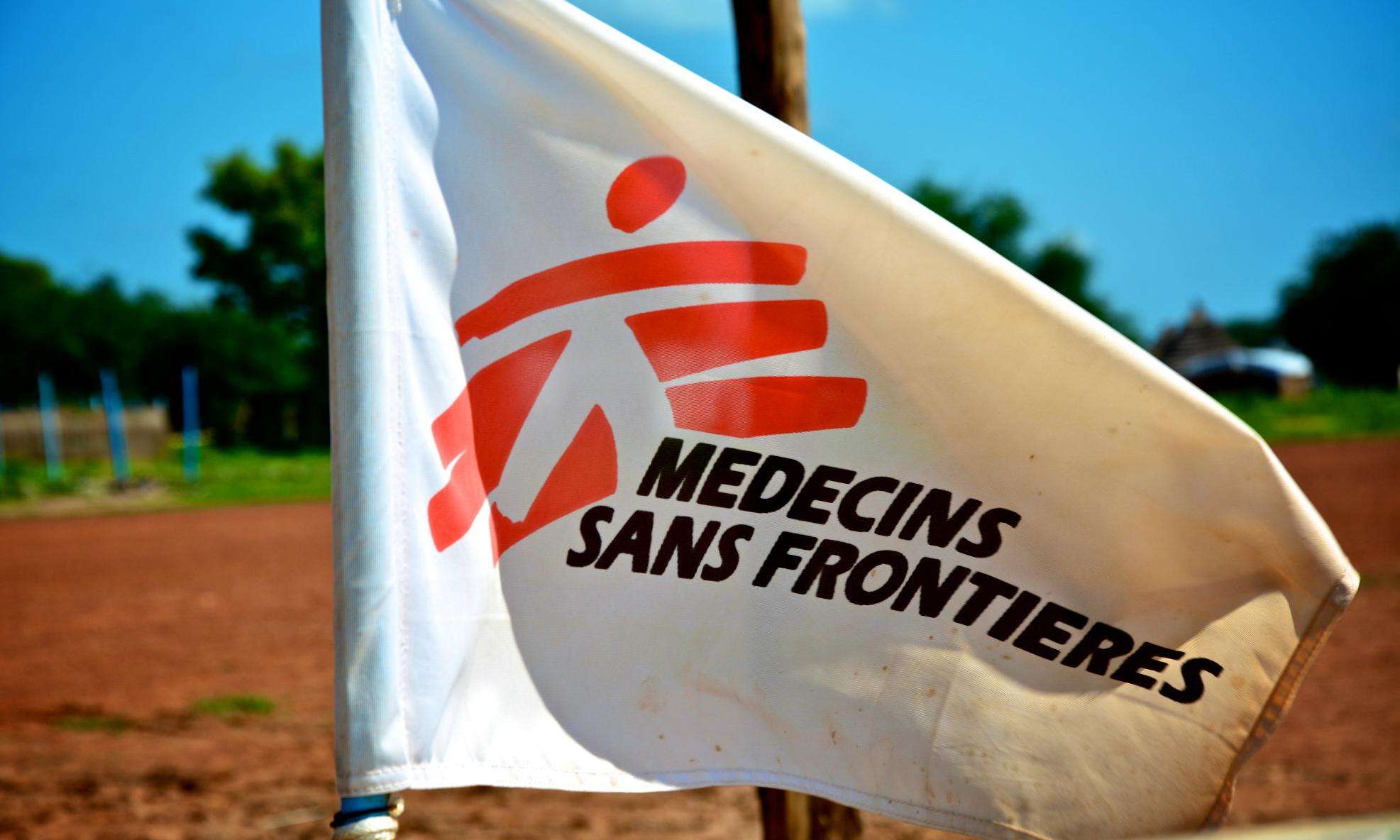This publication seeks to remedy some of the existing knowledge gaps by raising awareness on existing price differentials, exploring what factors drive fluctuations in vaccine prices and discussing where development of better-adapted vaccines could reduce barriers to immunization and increase coverage levels of traditional and newer vaccines.
Lack of information on both the price and the different product characteristics of vaccines has been limiting countries’ ability to operate affordable and effective immunization programs. This publication seeks to remedy some of the existing knowledge gaps by raising awareness on existing price differentials, exploring what factors drive fluctuations in vaccine prices, and discussing where development of better-adapted vaccines could reduce barriers to immunization and increase coverage levels of traditional and newer vaccines. It also serves as a resource for immunization stakeholders such as donors, implementing partners, and developing countries, that are ultimately responsible for their national immunization programs.
The positive impact of vaccines on public health is well-documented—in the past century, vaccines have helped eradicate smallpox and significantly reduced the burden of communicable childhood diseases such as diphtheria and measles. Each year, immunization with eight standard antigens is estimated to avert 2.5 million future deaths.
According to the Global Alliance for Vaccines and Immunization (GAVI Alliance), the introduction of new vaccines against pneumococcal disease and rotavirus is expected to increase that number significantly.
Additional attention is being focused on immunization with the launch of the “Decade of Vaccines,” an initiative designed to re-energize global efforts toward ensuring access to immunization for all. The Decade of Vaccines calls to increase public and political support for vaccination, improve delivery of vaccines, strengthen research and development for new and improved vaccines, and address supply security and affordability. The World Health Assembly first discussed the Decade of Vaccines in 2011 and is expected to validate a new Global Vaccine Action Plan (GVAP) in May 2012.
This report explores two key challenges that will need to be overcome if immunization coverage is to be improved and new vaccines are to be introduced in a sustainable manner. First, we explore more than ten years of pricing data for traditional and newer vaccines to see what factors had the most influence on bringing down vaccine prices. Second, considering the weak Expanded Program on Immunization (EPI) in many developing countries, we examine the potential role of vaccine adaptation in increasing the reach of immunization services to difficult-to-reach populations.
The prices of vaccines became a significant issue for immunization stakeholders in 2011, when GAVI faced a U.S. $3.7 billion financial shortfall for its 2011–2015 program implementation. GAVI’s procurement strategies were an important contributing factor to this deficit, in as much as they had failed to adequately lower prices for newer vaccines. At the same time, as high vaccine prices are increasingly in the spotlight, 16 lower-middle income countries are slated to “graduate” from GAVI, meaning that they will no longer benefit from GAVI subsidies.
Although stakeholders in global immunization were generally united in their support and exceeded GAVI’s call for funds at a June 2011 pledging conference, the need for GAVI to be more effective in bringing prices down has been emphasized by donors and recipient countries. This was evidenced by the adoption of a new Vaccine Supply and Procurement Strategy by the GAVI Alliance Board in November 2011.
The new Global Vaccine Action Plan underlines the need to strengthen national EPI programs in countries with low immunization coverage.
Recently, more attention has been paid to introducing new vaccines in national EPI schedules than to identifying and addressing challenges in traditional EPI delivery.
The focus on expediting introduction of new vaccines also means that recent products purchased for GAVI-eligible countries are often the same as those used in the United States or Europe, and are not always appropriate for the epidemiology or operating conditions in developing countries. GAVI has yet to use its buying power or donor influence to drive a research and development agenda focused on vaccines relevant for use in developing countries.
In this report we examine one strategy that could expand the reach of EPI programs: vaccine adaptation. By adaptation, we mean altering vaccine profiles and presentations to make the product more suitable for developing country contexts. The need for vaccine products that are formulated for local epidemiology to combat the most prevalent strains of a disease is critical. Additionally, products that do not require cold chain and that can be delivered through alternative technologies, such as microneedles, inhalation, or oral administration, is paramount for ensuring that vaccines reach their intended recipients.
Although this agenda is being promoted by Project Optimize and advisory groups such as the Immunization Practices Advisory Committee (IPAC, founded in 2010) and the Vaccine Presentation and Packaging Advisory Group (VPPAG, founded in 2007), there is a need to bring this work to scale. With GAVI’s new Supply and Procurement Strategy there is now a strong mandate to use GAVI’s buying power to stimulate development of more adapted vaccines.
Based on Doctors Without Borders/Médecins Sans Frontières (MSF)’s field experience, we believe there is a need to put more emphasis on the adaptation agenda to help improve the efficacy of vaccines considering disease burden and improve the impact of program delivery in countries with weak health system capacity. Coupled with greater price transparency and competition, vaccines will become more affordable and accessible to the countries that stand to benefit from them most.





